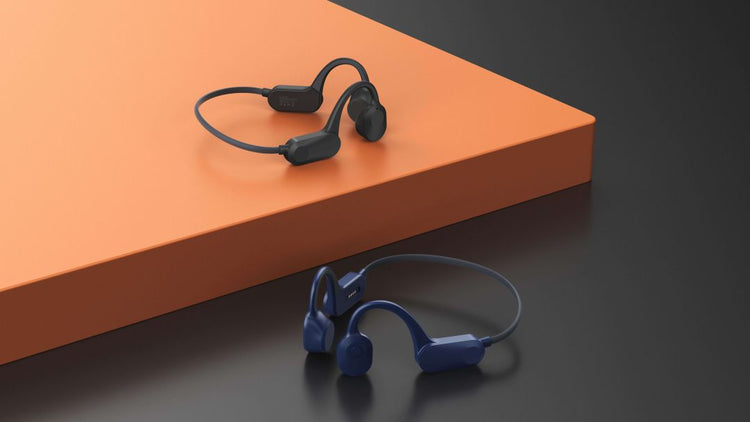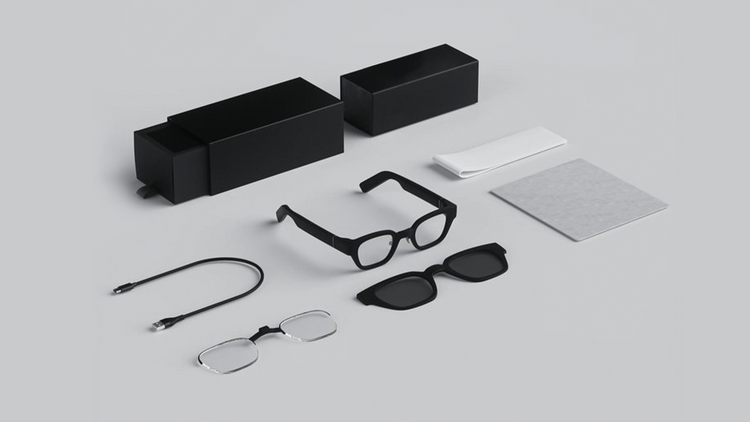What if you could hear the world around you perfectly, with crystal-clear audio playing, but without anything in or over your ears? It sounds like science fiction, but it's a reality made possible by a fascinating technology. This is the world of bone conduction. At its core, bone conduction technology explained shows us a method of sound delivery that sends vibrations through your bones directly to your inner ear, completely skipping the eardrum. The devices that make this happen, bone conduction headphones, use small vibrating parts that sit on your cheekbones to send sound. This article will be your complete guide, explaining the science, exploring the benefits and uses, and detailing what you need to know about these innovative devices.
How Sound Reaches Your Brain
To truly understand how bone conduction works, we first need a starting point. Understanding the normal way we hear is key to appreciating how this technology offers a different path for sound to travel to the brain.
Traditional Air Conduction
For most of us, hearing is an act of air conduction. It's a complex but elegant process that follows a specific pathway:
1. Outer Ear: Sound waves, which are vibrations traveling through the air, are captured by your outer ear (the pinna) and funneled into the ear canal.
2. Eardrum: These waves cause your eardrum (tympanic membrane) to vibrate.
3. Middle Ear: The eardrum's vibrations are transferred to three tiny bones in the middle ear called the ossicles (malleus, incus, and stapes). These bones make the vibrations stronger.
4. Inner Ear: The stronger vibrations are then passed to the cochlea, a fluid-filled, snail-shaped structure in the inner ear.
5. Brain: Tiny hair cells inside the cochlea convert these vibrations into electrical signals, which are sent along the auditory nerve to the brain to be interpreted as sound.
The Bone Conduction Pathway
Bone conduction technology offers a clever shortcut. It skips the outer and middle ear entirely, making a direct delivery to the final destination. Here's how do bone conduction headphones work: instead of speakers that push sound waves through the air, bone conduction headphones use components called transducers. These transducers convert digital audio signals into tiny vibrations. When the headphones are placed on your cheekbones, just in front of your ears, these vibrations travel through your skull bones directly to the cochlea. The cochlea doesn't care how the vibrations arrive—only that they do. It processes these bone-transmitted vibrations exactly as it would those delivered by the eardrum, converting them into neural signals for your brain.
You've already experienced this phenomenon. Plug your ears and speak aloud; your voice sounds deeper and more resonant because you're primarily hearing it through bone conduction. This principle isn't new. In fact, composer Ludwig van Beethoven, who suffered from hearing loss, famously used it by biting down on a metal rod attached to his piano to "hear" the music through the vibrations in his jawbone.
Key Headphone Components
While the technology feels futuristic, the internal components are relatively straightforward. Inside a typical pair of bone conduction headphones, you'll find three primary parts working together:
· The Battery: Powers the device, providing the energy needed for hours of listening.
· The Bluetooth Chip: Receives the wireless audio signal from your phone, computer, or other source device.
· The Transducers: This is the heart of the system. The transducers are the engines that take the electrical signal from the Bluetooth chip and convert it into the precise mechanical vibrations that deliver sound through your bones.
Bone Conduction vs. Traditional
When deciding on an audio device, it's essential to understand the fundamental differences between the available technologies. Bone conduction isn't universally "better" or "worse" than traditional headphones; it's a different tool designed for different purposes. The table below provides a direct comparison to help clarify which might be right for you.
Feature Showdown
|
Feature |
Bone Conduction Headphones |
Traditional Headphones (In-ear/Over-ear) |
|
Audio Delivery Method |
Vibrations transmitted through cheekbones directly to the inner ear. |
Sound waves transmitted through the air into the ear canal. |
|
Situational Awareness |
Open-ear design allows full awareness of ambient sounds. |
Ear canal is blocked or covered, isolating the user from their surroundings. |
|
Ear Health & Comfort |
Nothing enters or covers the ear canal, preventing pressure and irritation. |
Can cause ear fatigue, pressure buildup, and potential hygiene issues with prolonged use. |
| **Soun


